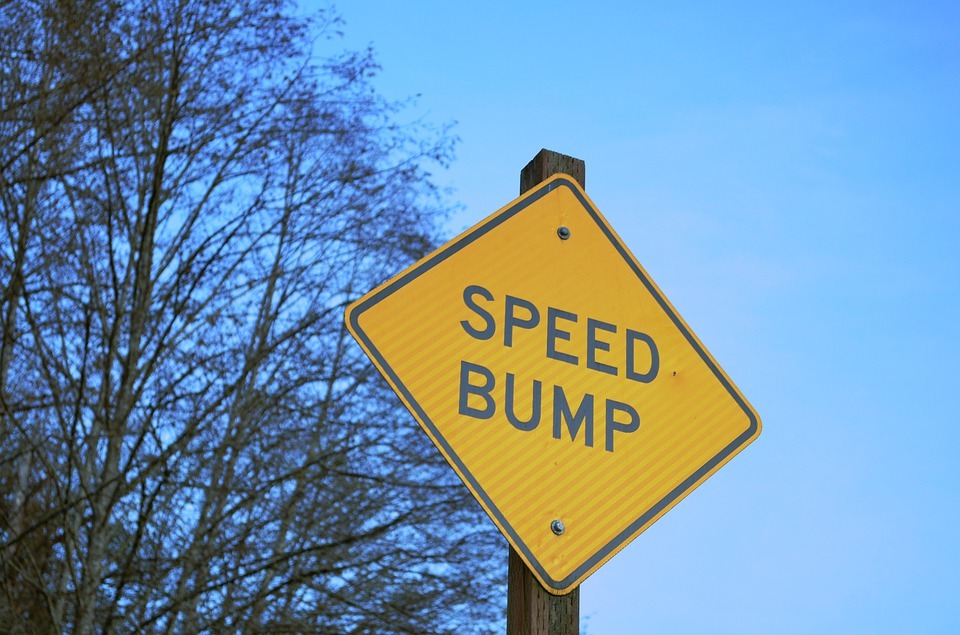Anywhere there’s traffic, there’s a risk of accident or injury. Precisely where traffic calming measures can be of invaluable help.
Two of the most common types of traffic calming measures you’ll encounter on the roads are speed humps and speed bumps. Both are useful traffic management tools that can limit the speed of motorists in an area, though are somewhat different in design and subsequent effect.
Anything that establishes a vertical obstacle in the road represents an effective deterrent for motorists driving too quickly or carelessly. But what are the main differences between speed bumps and speed humps?
More importantly, in which instances should one or the other be used to improve road safety?
Speed Humps
Speed humps are ideal traffic calming measures for use in areas where vehicle speeds should be restricted to 10mph to 15mph. Rather than a ‘bump’ in the traditional sense, speed humps more gently lift and lower the vehicle to create something of a ‘rocking’ sensation when driving over it.
There’s very little sensation, jolt or vibration when you drive over speed humps at the correct speed, though they can cause disruption or even damage to a vehicle when driven over too quickly. As vehicles can comfortably drive over speed humps at around 10mph to 15mph, they are considered ideal in areas where excessive speed must be prevented but keeping traffic flowing smoothly is important.
This is why you’ll often find the speed humps and access ramps being used as the preferred traffic control measures around schools and playgrounds, where a certain amount of congestion is inevitable.
Speed Bumps
The biggest difference with speed bumps is the way in which they are designed to reduce traffic speeds much more significantly. In order to avoid severe discomfort and damage to the vehicle, conventional speed bumps must be traversed at no more than around 2mph to 10mph at the very most. This means that the vehicle has to slow down significantly before driving extremely carefully over the speed bump.
Speed bumps are available in a wide variety of sizes and specifications, though in all instances deliver a noticeable jolt (or bump) when the vehicle passes over them.
As they encourage motorists to drive at much lower speeds, speed bumps are routinely used where the risk of collision is considered disproportionately high. Car parks, around business premises and again around schools and playgrounds are all common places to find various types of speed bumps.
Making the Right Choice…
The key to safe and successful traffic calming lies in taking a strategic approach to the selection and installation of speed humps and bumps. It’s also important to know where you stand in terms of legality of installing traffic calming measures and alerting motorists for their presence.
If you have any questions or would like to discuss the potential benefits and applications of our traffic calming products in more detail, contact a member of the team at Street Solutions today.
Craig Upton
Craig Upton supports UK businesses by increasing sales growth using various revenue streams online. Creating strategic partnerships and keen focus to detail, Craig equips websites with the right tools to increase traffic. Craig is also the CEO of iCONQUER, a UK based company and has been working in the digital marketing arena for over a decade. A trusted SEO consultant and trainer, Craig has worked with British brands such as FT.com, DJKit, UK Property Finance, Serimax and also supported UK doctors, solicitors, builders, jewellers, to mention a few, gain more exposure online. Craig has gained a wealth of knowledge within the digital marketing space and is committed to creating new opportunities working with UK companies.


